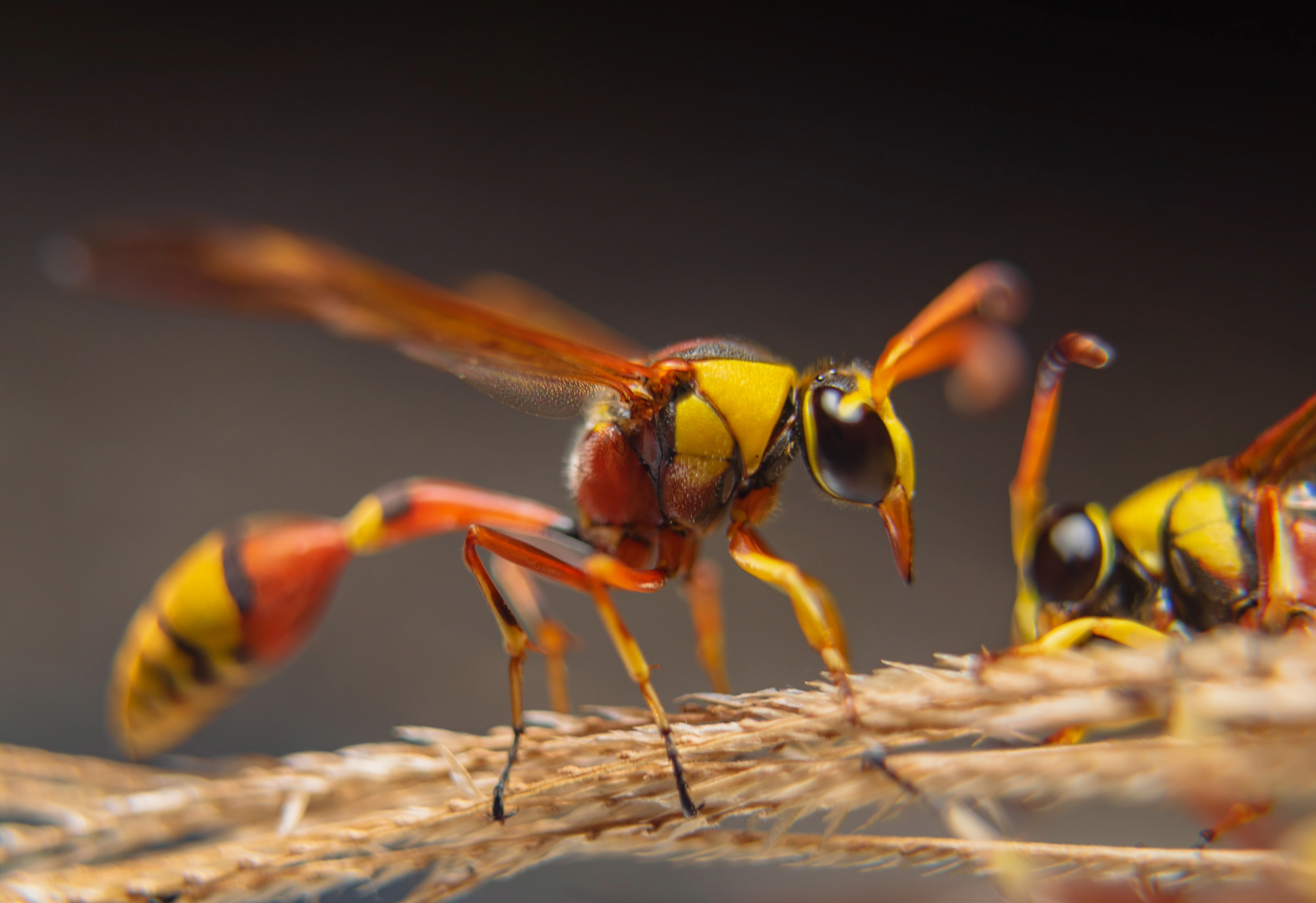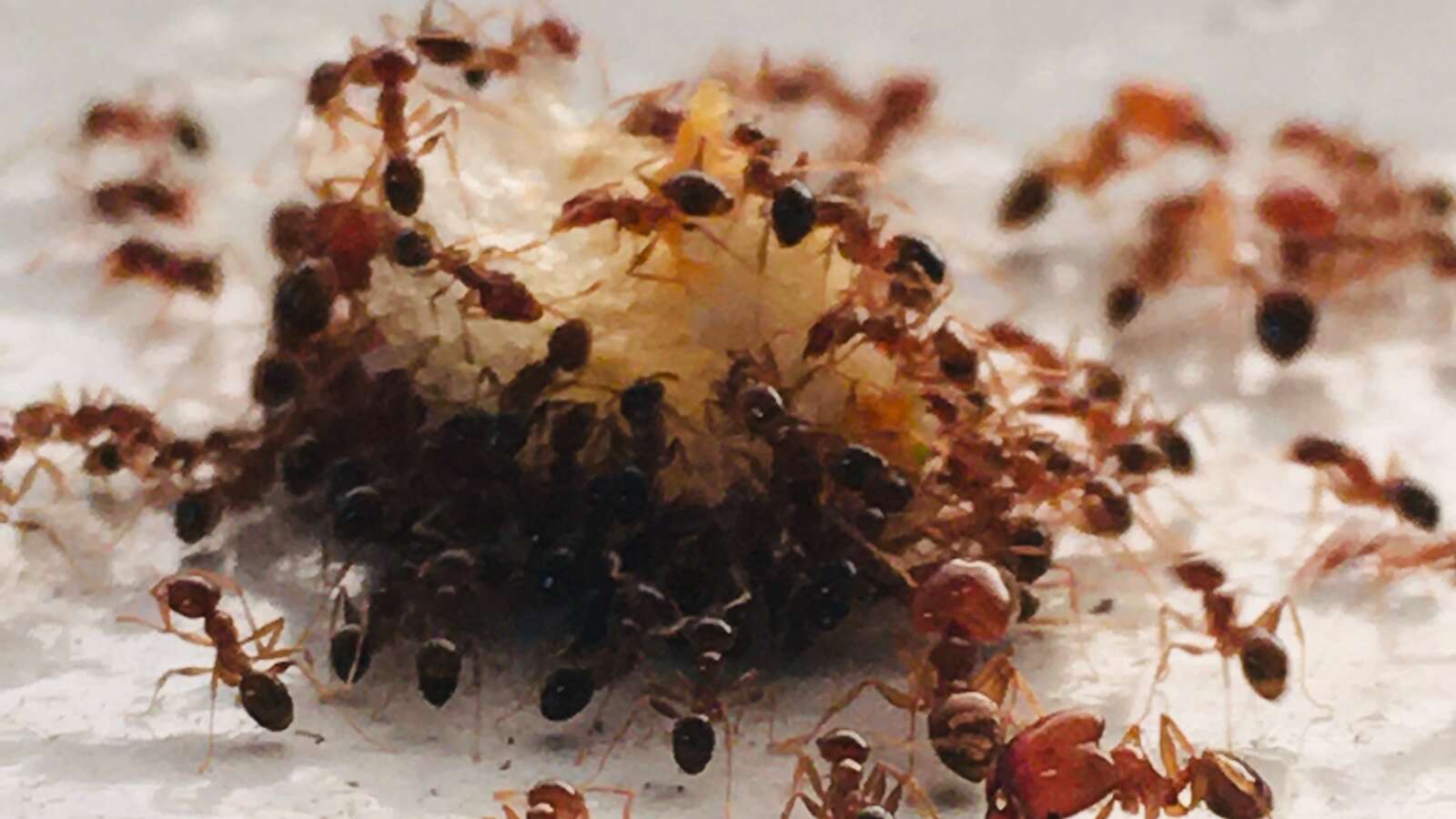In the vast tapestry of American wildlife, insects play a crucial role, from pollinating our crops to sparking the curiosity of entomologists. These tiny creatures are integral parts of our ecosystems, contributing to the delicate balance of nature. However, not all insects are created equal; some are downright menacing. In this blog post, we will delve into the world of the Top 15 Most Dangerous Insects in the United States, shedding light on their characteristics, habitats, and the threats they pose to both humans and the environment.
1. Mosquitoes
Kicking off our list are the notorious mosquitos, which are responsible for the spread of numerous diseases, including malaria and the Zika virus. These tiny but deadly insects cause over 400 million outbreaks yearly, resulting in approximately 2.7 million deaths annually. Their minuscule size belies the immense impact they can have on public health.
2. Deer Ticks
Deer ticks are the carriers of Lyme Disease, a condition that can lead to debilitating symptoms such as fatigue, joint pain, severe headaches, and more. To transmit the disease, a tick must remain attached to its host for 36 to 48 hours, making early detection and removal crucial for preventing infection.
3. Kissing Bugs
Kissing bugs, while seemingly harmless, carry Chagas Disease, which can enter the body through their feces. These nocturnal insects often bite around the mouth while their victims sleep, making it easy for individuals to unknowingly wipe or scratch the affected area. Chagas Disease has both acute and chronic stages, with the latter potentially causing heart problems in some cases.
4. Human Bot Flies
Human bot flies, with their distinctive yellow faces, metallic blue abdomens, and orange legs, resemble small bumblebees. These unique insects are attracted to infected tissues and lay their eggs inside them, resulting in the formation of lesions that can be felt under the skin. While their larvae may consume the infected tissue, the eventual emergence of mature bot flies is not without discomfort.
5. Helminths or Parasitic Worms
Parasitic worms come in various shapes and sizes, with some exceeding three feet in length. These invertebrates feed on different parts of the body, including blood, leading to conditions like anemia. In addition to physical health issues, parasitic worms can cause digestive problems, malnutrition, and even cognitive and physical growth impairments, often remaining undetected for years.
6. Tarantula Hawks
Tarantula hawks, with their midnight blue iridescent bodies and bright orange wings, are typically docile insects. However, they are incredibly dangerous to spiders, delivering one of the most painful stings among United States wasps. Their sting can serve as a reminder of the remarkable diversity within the insect world.
7. Bed Bugs
Bed bugs, with their dark reddish-brown bodies and flat shapes, are known for their ability to rapidly infest living spaces. Approximately the size of an apple seed when fully grown, these blood-feeding insects can cause severe bites, resulting in blisters and rashes. The resurgence of bed bugs in recent years has raised concerns for homeowners and travelers alike.
8. Asian Giant Hornets (Murder Hornets)
The Asian Giant Hornet, also ominously known as the “Murder Hornet,” boasts a large yellow-gold head and distinctive color banding. Measuring up to two inches in length, they are the largest hornets worldwide and, like their counterparts, can deliver multiple painful stings. Allergic reactions to their venom can lead to anaphylaxis, making their presence in the United States a cause for concern.
9. Saddleback Caterpillars
Saddleback caterpillars, native to North America and Mexico, sport striking pinkish-brown hues with lime green “blankets” and distinctive “saddles” on their backs. Their appendages, armed with venomous glands, can cause severe discomfort and adverse reactions in sensitive individuals, including swelling, asthma, stomachaches, and itching.
10. Red Imported Fire Ants
Distinguished by their dark reddish-brown coloration, red imported fire ants pose a threat to both humans and native ant species. Their painful, repeated stings can lead to itchy and uncomfortable bites, particularly dangerous for small children and young animals. These invasive ants also wreak havoc on crops, making them a concern for agriculture.
11. Yellowjackets
Yellowjackets, featuring black and yellow abdomens, build nests that can hang from trees or buildings or burrow underground. Disturbing their nests can result in aggressive behavior, leading to painful stings. Multiple stings from yellowjackets can even trigger anaphylaxis, a potentially life-threatening allergic reaction.
12. Puss Caterpillars
Despite their cute and fuzzy appearance, puss caterpillars are, surprisingly, the most venomous caterpillars in the United States. Their seemingly harmless hair can embed itself in the skin, causing intense pain and burning. In some cases, sensitive individuals may experience troubled breathing, severe rashes, and nausea.
13. Velvet Ants or Cow Killers
Velvet ants, often reddish-orange with black bands around their abdomens, resemble large, fuzzy ants. Although they are not typically aggressive, these ants will sting if provoked, and their sting is considered one of the most painful in the country. Interestingly, they are not ants at all but wingless wasps that emit a distinctive sound when alarmed.
14. Blister Beetles
Blister beetles exhibit a wide range of colors and patterns, some even sporting stripes. Their soft bodies and broad heads conceal a potent weapon: cantharidin, a substance that causes severe irritation and blisters upon contact with the skin, eyes, or digestive tract. Ingesting blister beetles can have serious consequences for hay-eating animals.
15. Wheel Bugs
Wheel bugs, with their brownish-gray appearance and spiky half-wheel on their thorax, belong to the assassin bug family. While they move slowly on their long legs, they can deliver a painful bite if handled, causing numbness that can persist for days.
Conclusion:
Insects, both large and small, have earned their place in the intricate web of American wildlife. While many contribute positively to our ecosystems, the Top 15 Most Dangerous Insects in the United States serve as a stark reminder of the potential threats lurking within our natural surroundings. Understanding these insects, their habits, and the risks they pose allows us to coexist more safely with these fascinating yet perilous creatures. In the world of pest control, knowledge truly is power, and by staying informed, we can better protect ourselves and our environment from these menacing insects.





